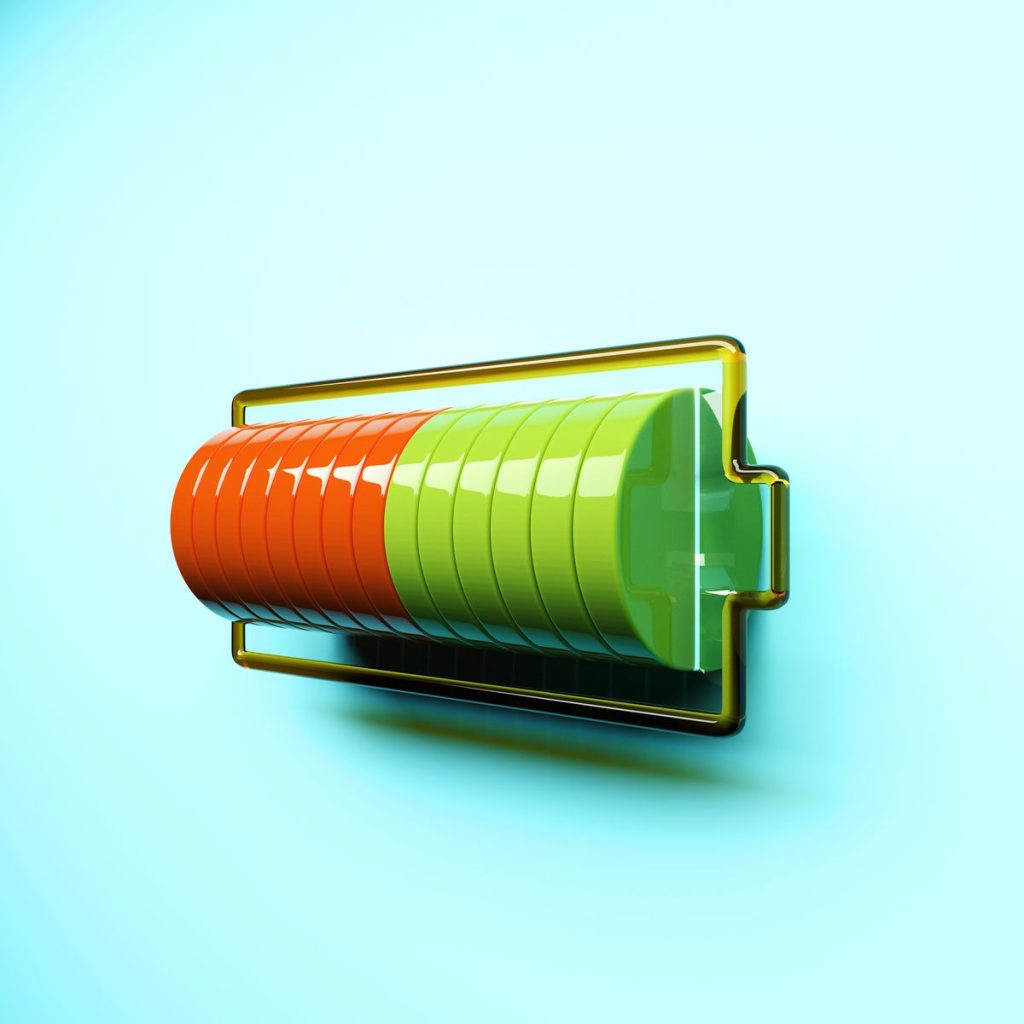
- A team of Stanford chemists believe that liquid organic hydrogen carriers can serve as batteries for long-term renewable energy storage.
- The storage of energy could help smooth the electrical grid and give renewable energy a prominent place without the risk of uneven production.
- Future solutions could combine a chemical compound of cobalt—or potentially even iron—with isopropanol and acetone.
Stanford chemists hope to stop the variability of renewable energy on the electrical grid by creating a liquid battery that offers long-term storage. Hopefully, this liquid organic hydrogen carriers (LOHC) battery will offer storage and smooth out ebb and flow of renewable power production without certain negative side effects. The team described its work in a study published in the Journal of the American Chemical Society.
“We are developing a new strategy for selectively converting and long-term storing of electrical energy in liquid fuels,” Robert Waymouth, Stanford chemistry professor, said in a university news release. “We also discovered a novel, selective catalytic system for storing electrical energy in a liquid fuel without generating gaseous hydrogen.”
Our current electrical grid uses energy at the rate it gets generated. That works well with methods of energy generation that are relatively consistent, but unfortunately, renewable energy like solar or wind is known for uneven energy production. As a result, we need to find ways of storing any excess energy produced on high-energy-production days so that it can be used on low-energy-production days.
The team from Stanford believes that LOHCs can one day serve as “liquid batteries”—storing energy and efficiently releasing it as usable fuel or electricity when needed. And it may do by converting the excess into relatively simple ingredients—such as acetone and isopropanol, more commonly known as rubbing alcohol—that can exist for extended periods of time as high-density liquid forms of hydrogen.
“When you have excess energy, and there’s no demand for it on the grid, you store it as isopropanol,” Waymouth said. “When you need the energy, you can return it as electricity.”
Making it efficient, though … that’s the trick. Currently, methods to produce isopropanol with electricity prove inefficient. “We need a way to make isopropanol directly from protons and electrons without producing hydrogen gas,” Waymouth said.























